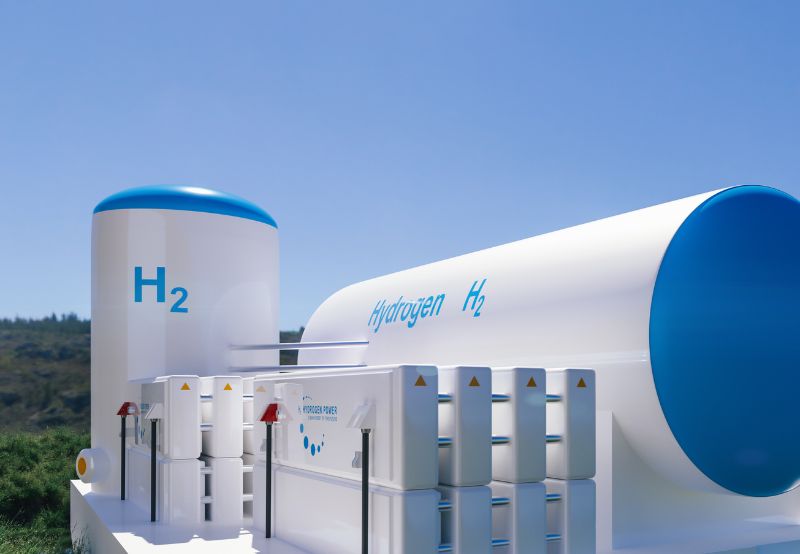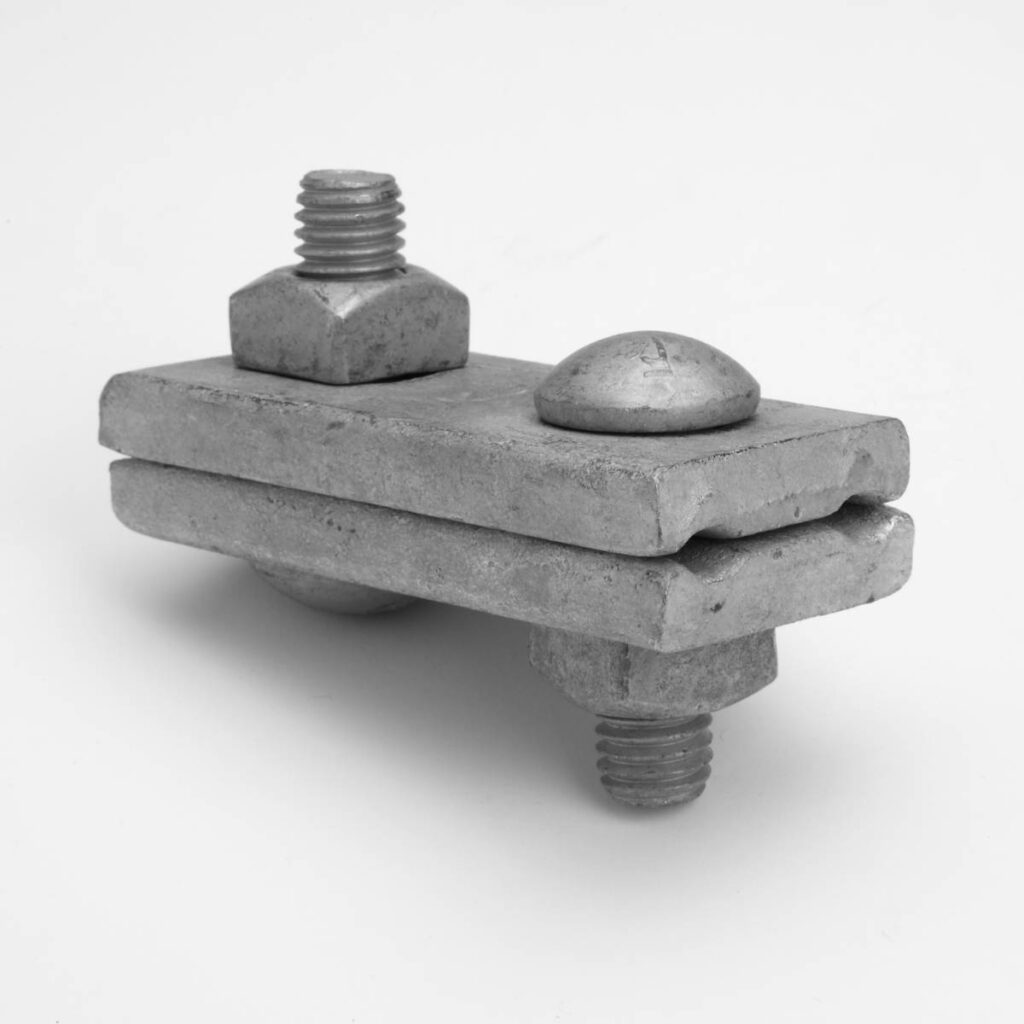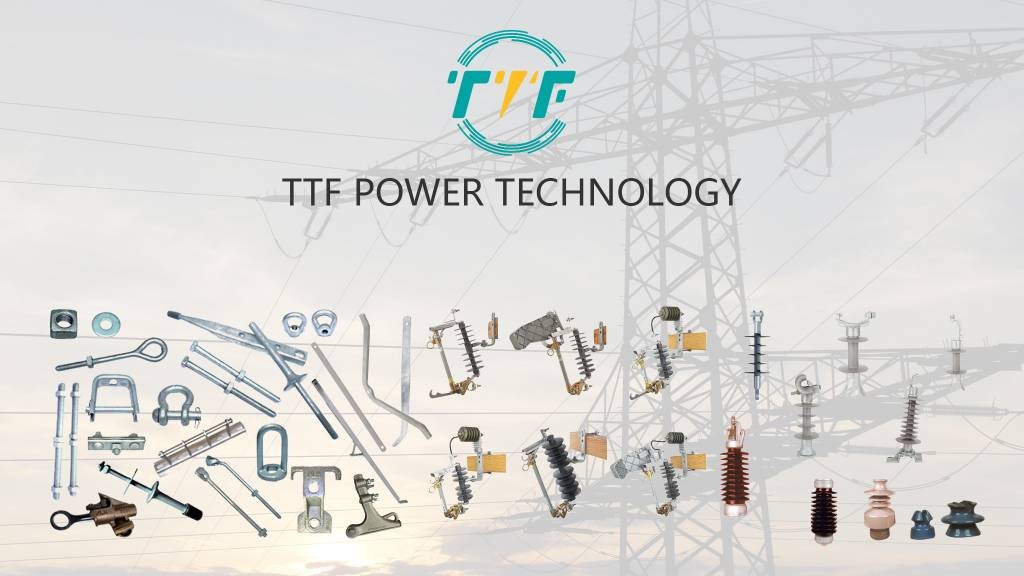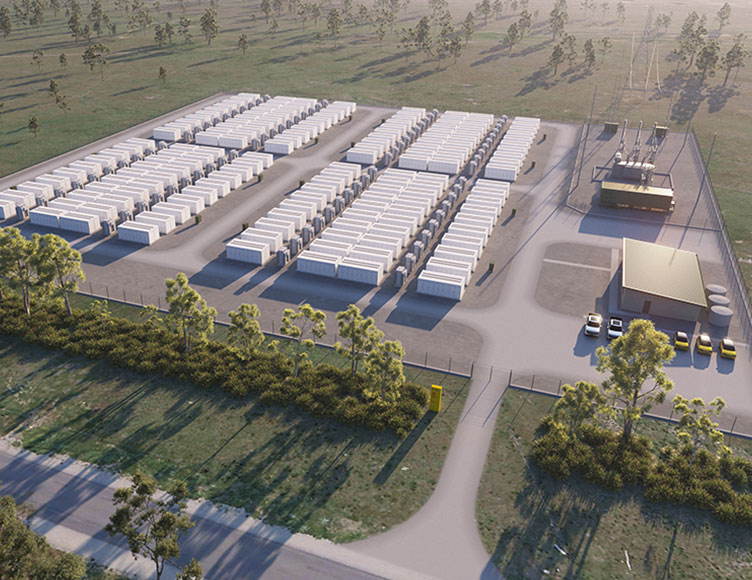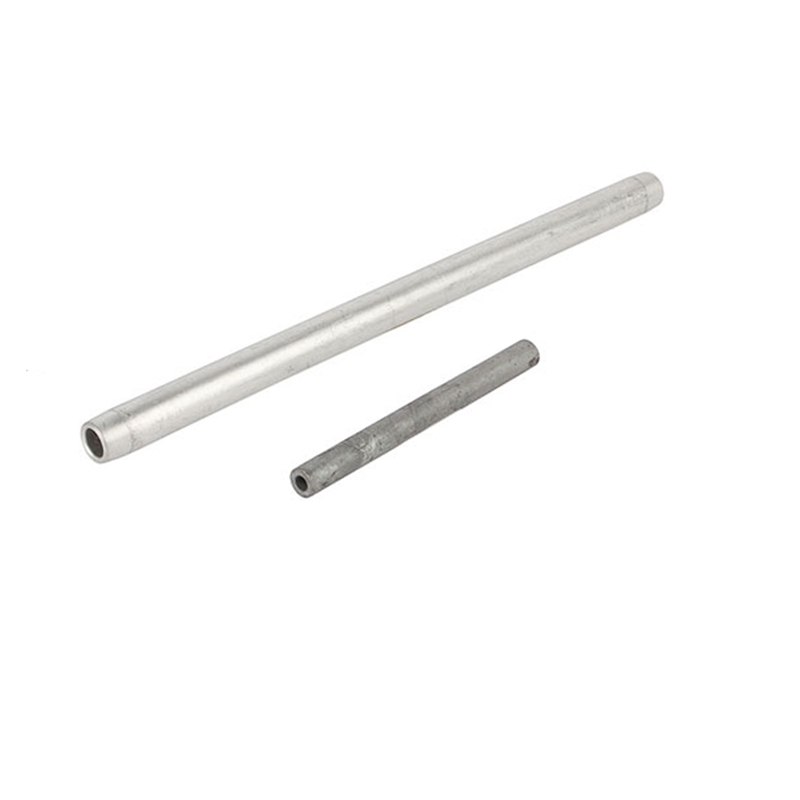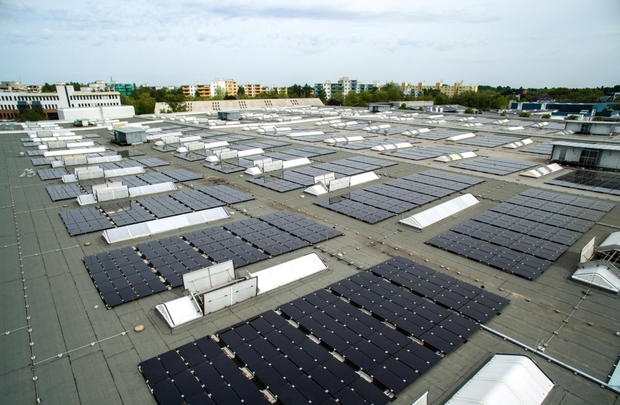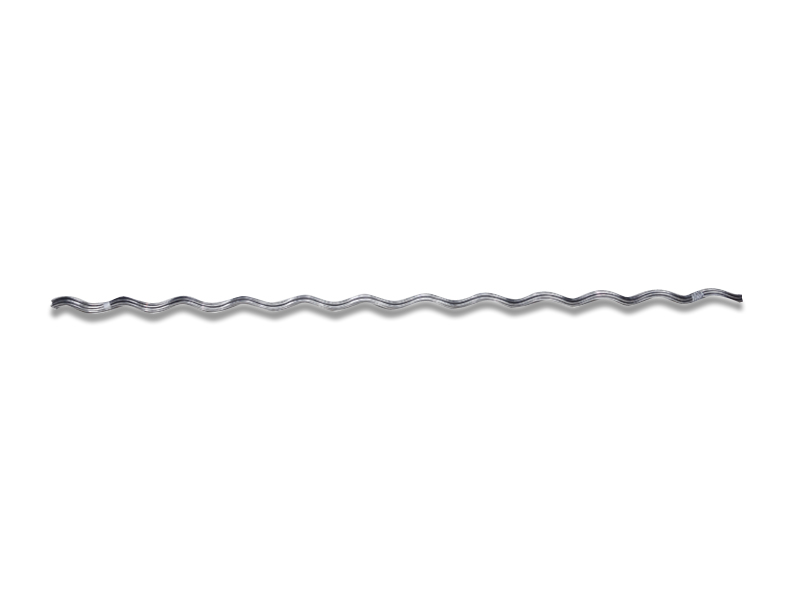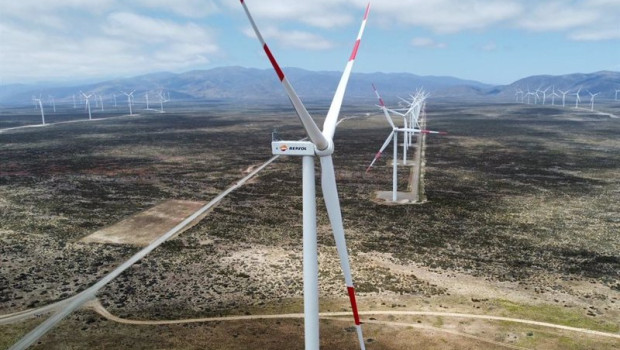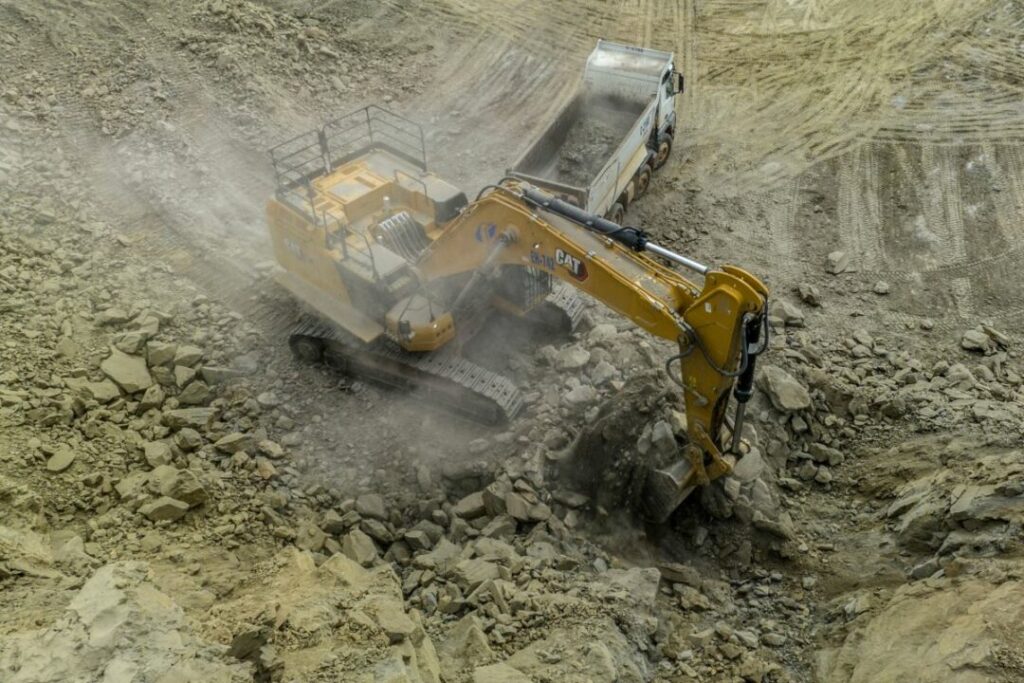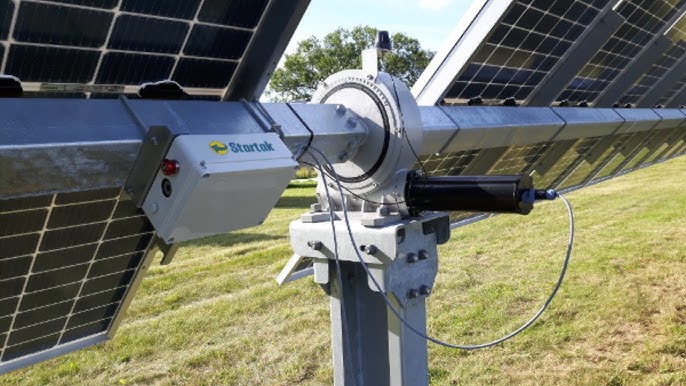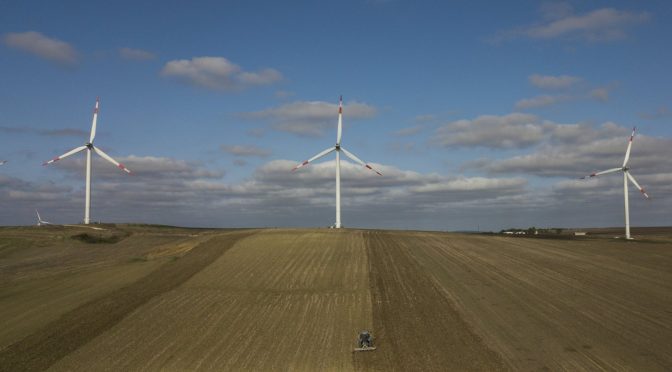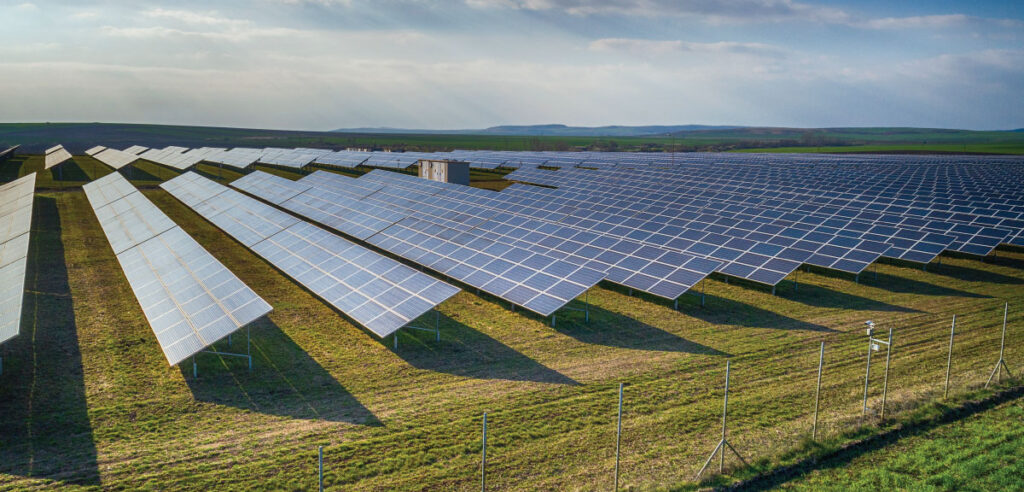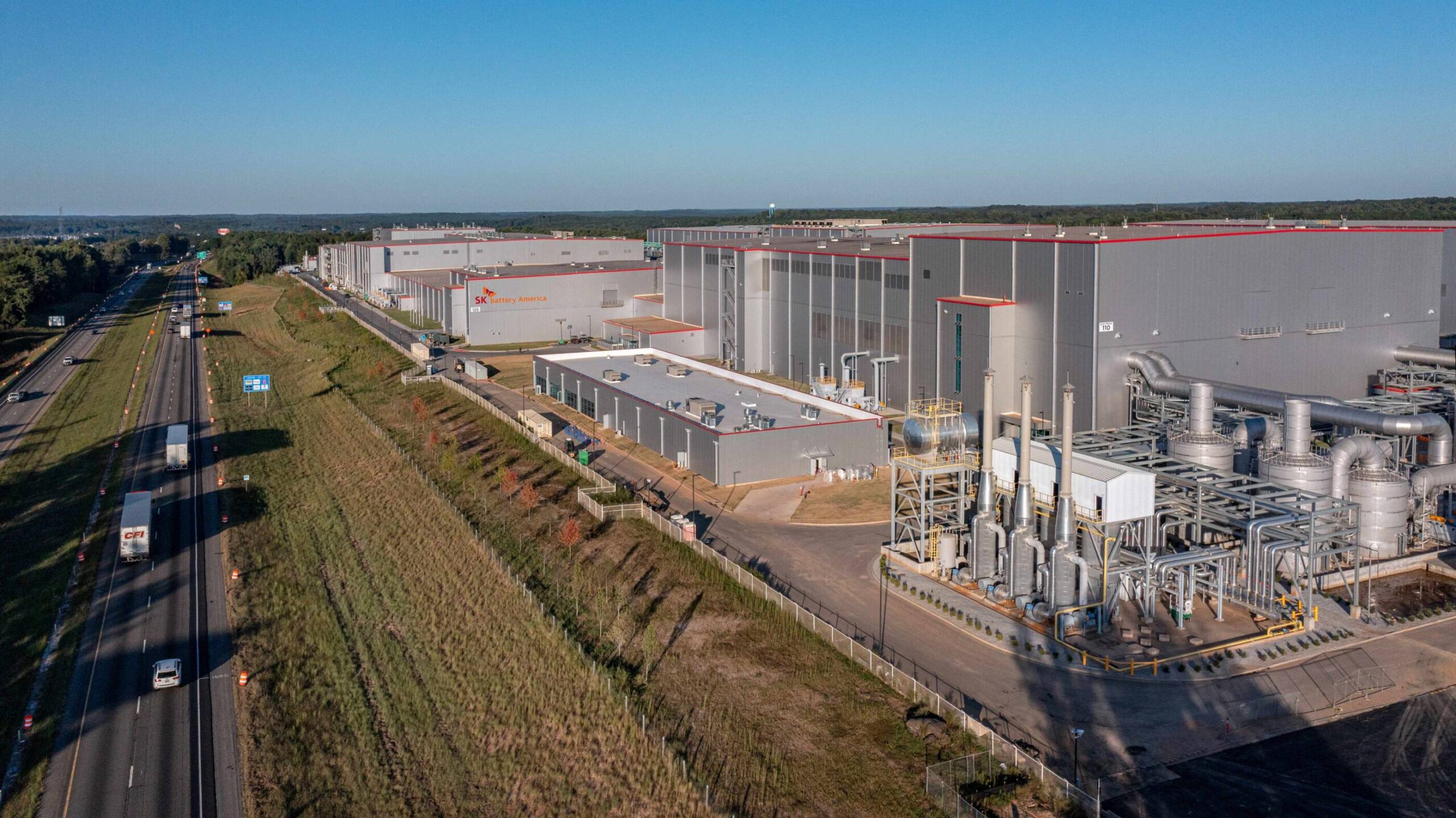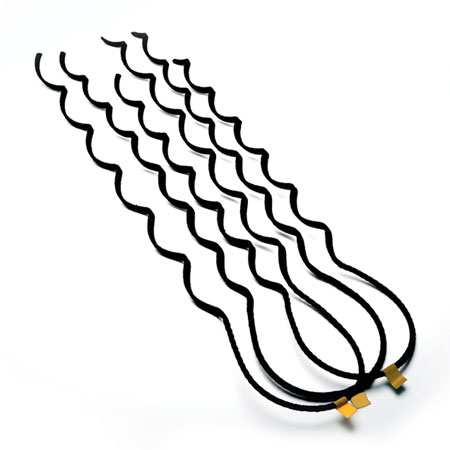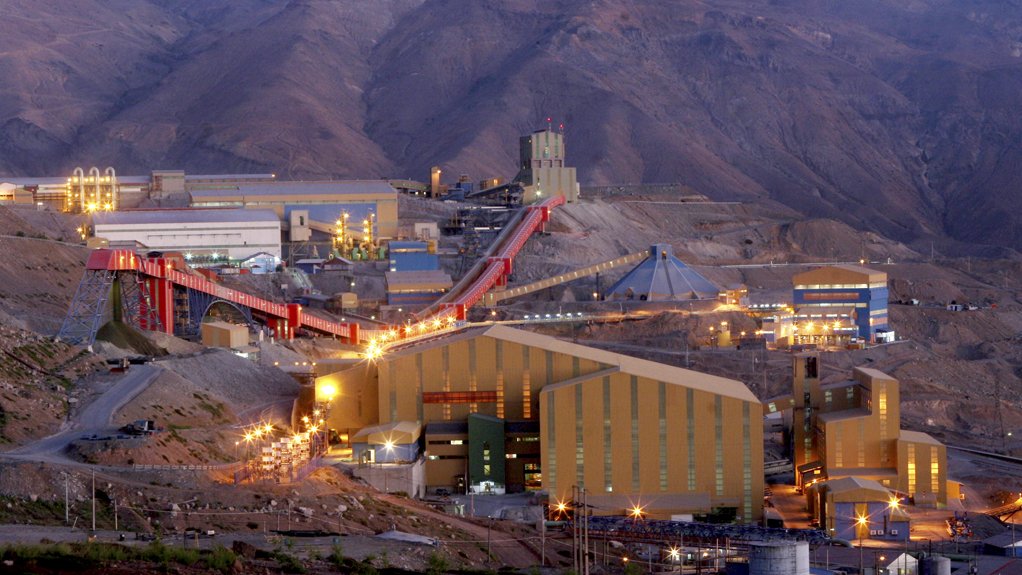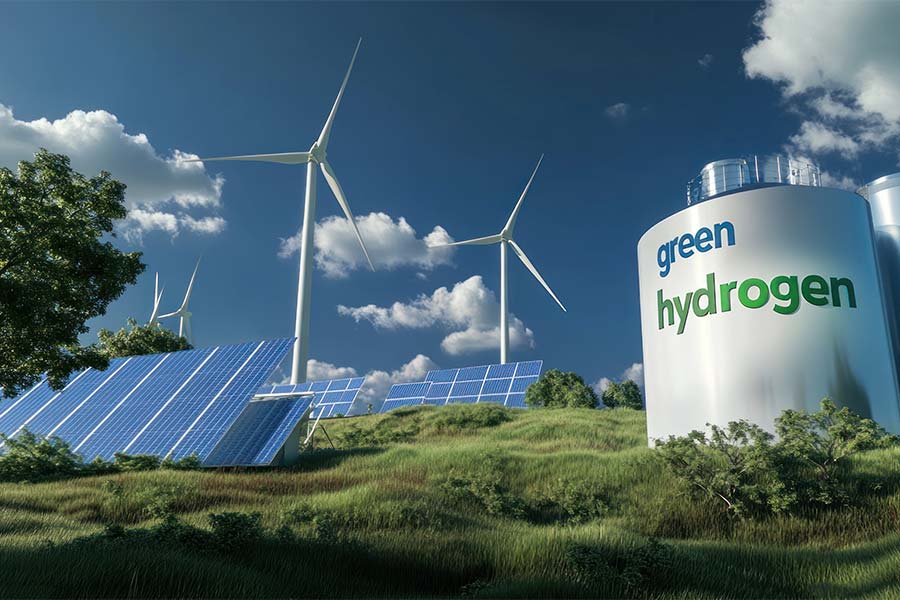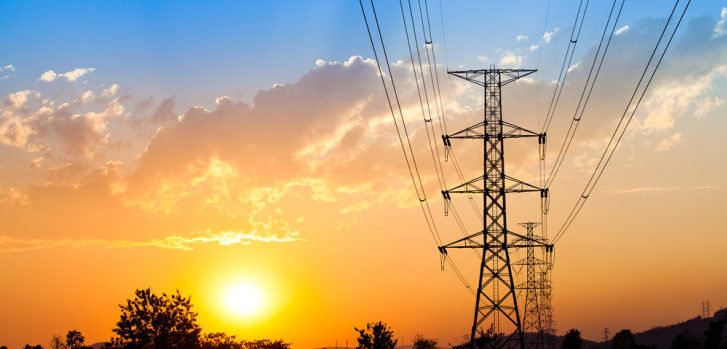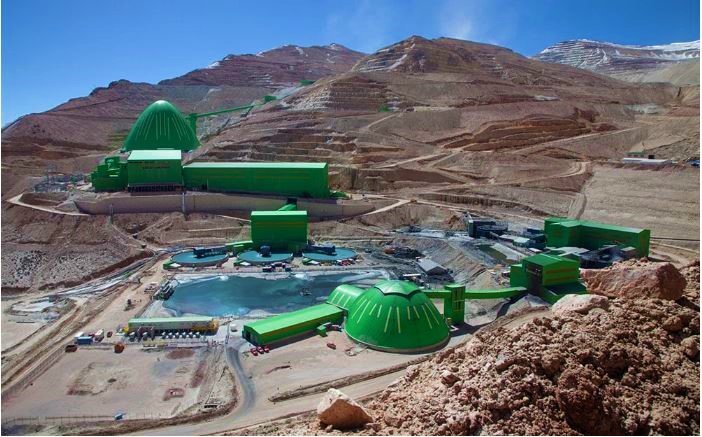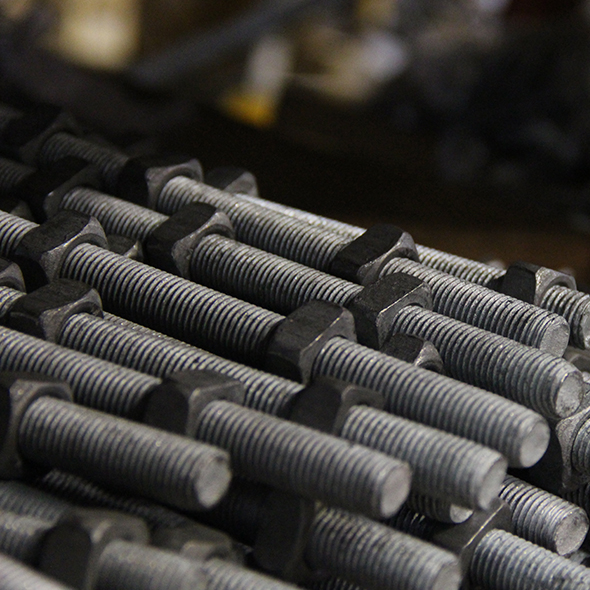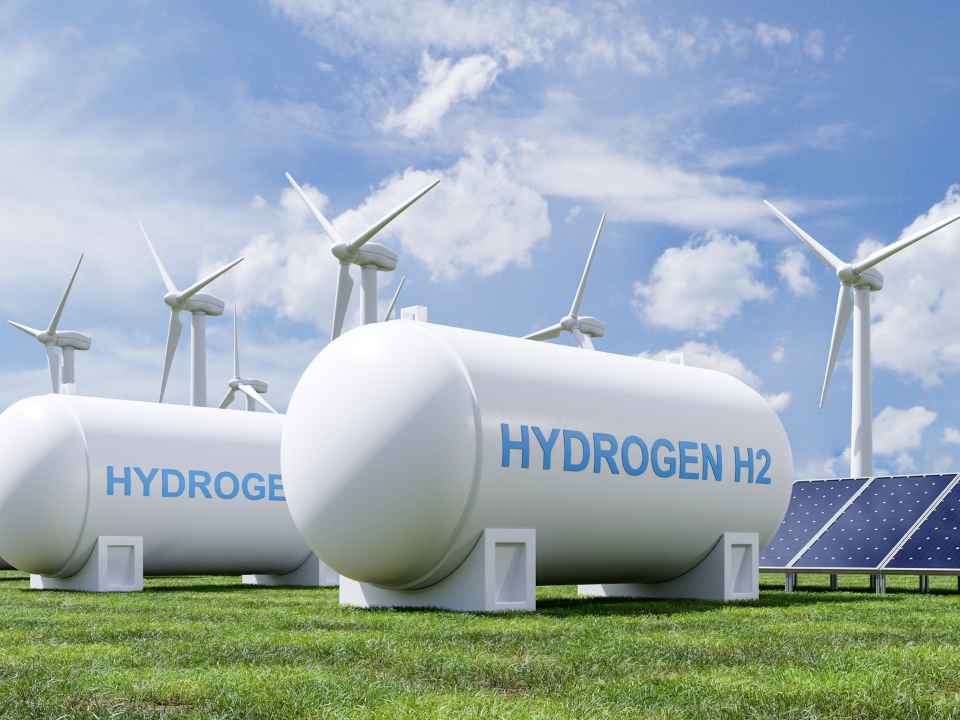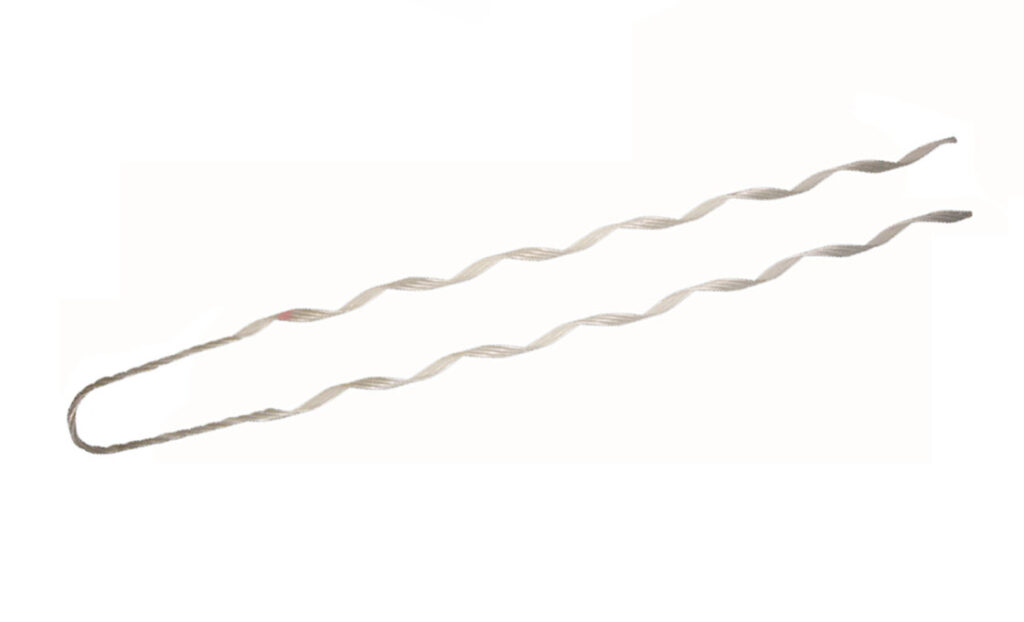Drop-out cutout fuses addressing Chile’s green hydrogen sector
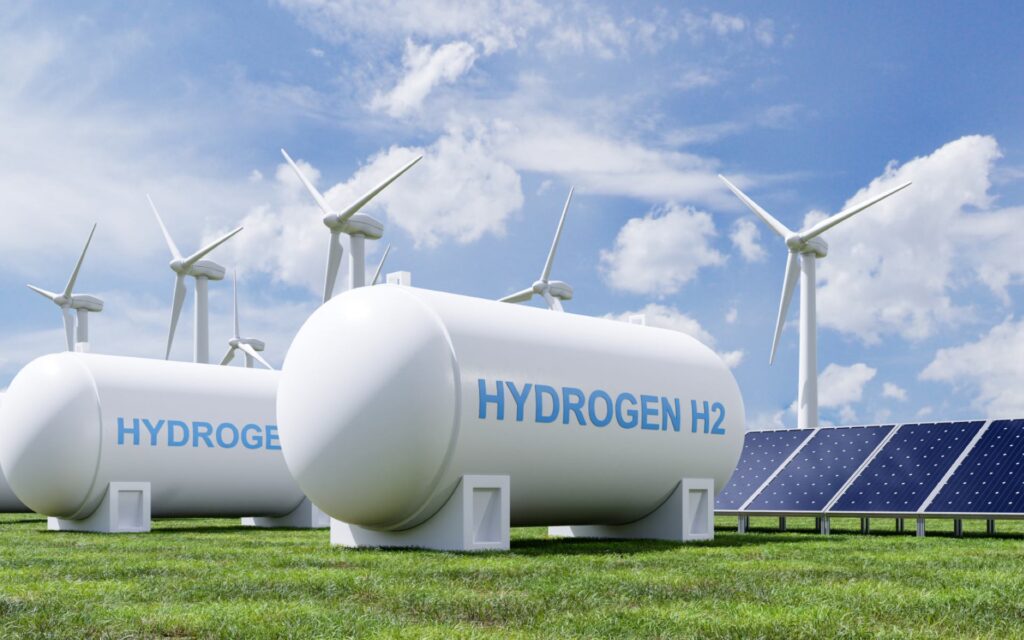
Chile’s green hydrogen industry is enhancing safety and reliability by integrating drop-out cutout fuses into its electrical infrastructure. The devices protect electrical systems from overcurrents and faults to ensure uninterrupted operation of hydrogen production facilities.
Chile is forging international collaborations to speed up its green hydrogen initiatives. The partnerships ease knowledge exchange, technological advancements, and investments.
Green hydrogen development presents economic opportunities, but there are rising concerns about its environmental and social impacts. Some projects may disrupt local economies and benefit foreign corporations.
The development of green hydrogen projects can help enhance energy resilience and support the growing integration of renewable energy sources. This is crucial, especially with the recent blackouts, which highlighted Chile’s power infrastructure.
Drop-out cutout fuses are crucial for protecting electrical systems from faults and surges. Their integration ensures the safety and efficiency of hydrogen production facilities to support the renewable energy goals.
#ElectricalProtection #GreenHydrogenSafety #ChileEnergy #GridResilience #CutoutFuse
Ball Clevis in Chile’s solar capacity and infrastructure innovations
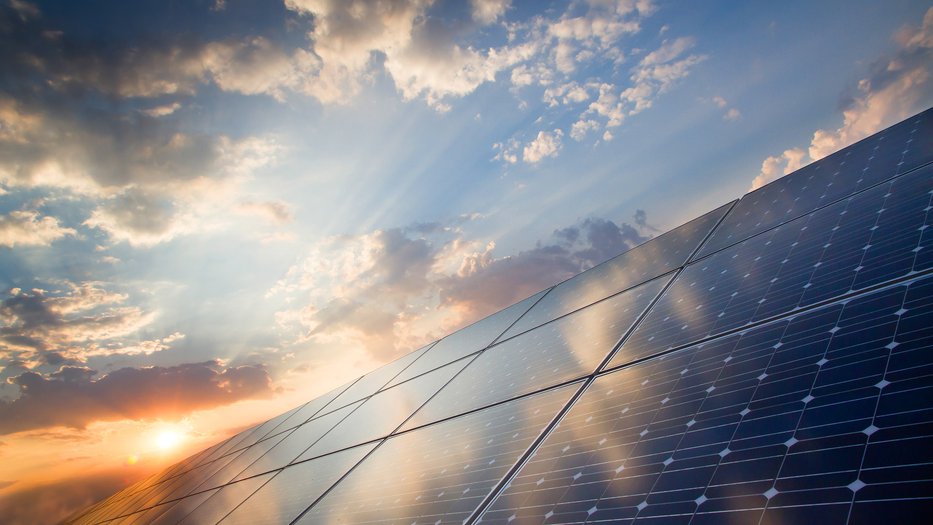
Chile aims to achieve 70% renewable energy in its electricity mix by 2030 and carbon neutrality by 2050. The presence of natural resources, supportive policies, and increasing energy demand are driving solar energy growth in Chile.
The country is experiencing an increase in solar photovoltaic (PV) installations, with projections indicating that solar could double or triple by 2030.
Ball clevis is crucial in the transmission and distribution infrastructure to ensure efficient and reliable electricity transmission from generation sites to urban centers.
The clevises connect insulators to structures in overhead transmission lines, contributing to the stability and resilience of the power grid. This is crucial for integrating intermittent renewable energy sources like solar and wind.
Integrating solar PV with battery energy storage systems (BESS) is on the rise in Chile. A ball clevis eases the operation of the hybrid projects by ensuring robust transmission networks.
The expansion of renewable energy infrastructure aids in reducing carbon emissions and stimulates economic growth through job creation.
#ChileSolarEnergy #RenewableInfrastructure #BallClevis #EnergyTransmission
The role of drop wire clamps in Chile’s transition to renewable energy
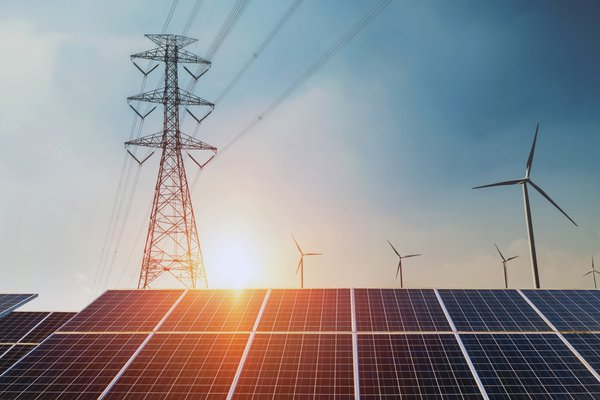
Drop wire clamps are crucial in pivoting and securing overhead conductors to structures for consistent electrical connections. This is crucial in Chile’s integration of renewable energy sources into the grid.
Reliability of drop wire clamps helps maintain the integrity of electrical connections to ease the seamless incorporation of renewable energy sources like solar and wind into existing infrastructure.
Drop wire clamps are designed to withstand environmental challenges to ensure continuous power delivery across Chile’s varied landscapes.
The clamps reduce the risk of electrical faults, enhancing safety for both technicians and the public. Their reliability also reduces maintenance needs, leading to cost savings and uninterrupted power supply.
#ChileEnergy #RenewableInnovation #Infrastructure #PowerLineHardware #Clamps
Pole top pins are essential in expanding Chile’s renewable grid.
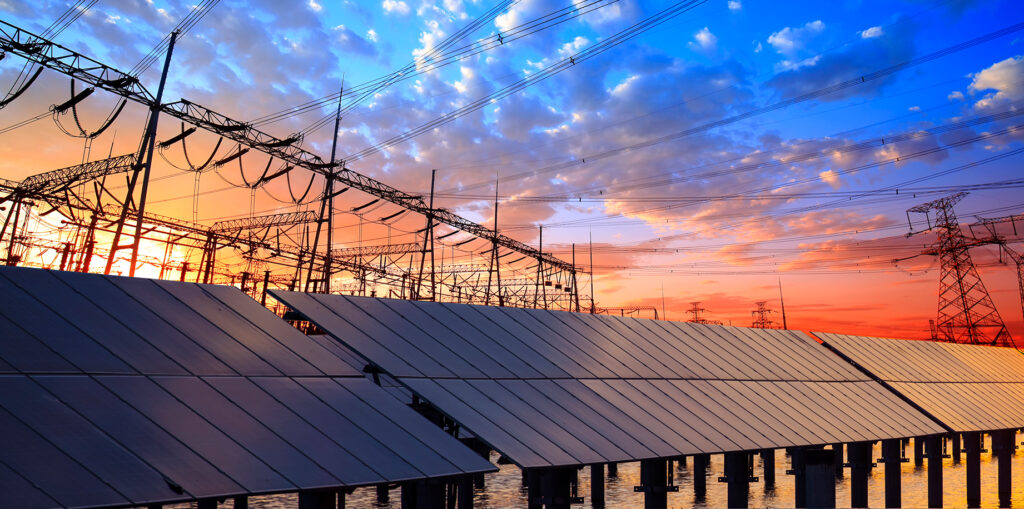
Chile leads South America’s solar PV development with plans for 160 GW of capacity. The country aims for 70% renewable energy in the mix by 2030.
Pole top pins secure insulators on utility poles to ensure the integration of renewable energy sources like solar, wind, and hydrogen into the grid. They help reduce energy loss, extend lines, and support grid modernization.
Hybrid projects combine solar PV with battery energy storage to mitigate intermittency, enhance grid resilience, and reduce fossil fuel reliance. These efforts are crucial to decarbonization and energy security.
Battery systems capture excess energy and release it during peak demand, improving grid efficiency and helping off-grid regions.
The Atacama Desert’s solar potential, coupled with favorable policies, positions Chile as a renewable energy leader.
#Hybridsolar #RenewableEnergy #SolarPower #chile #EnergyTransition #PoleTopPins #EnergyStorage
